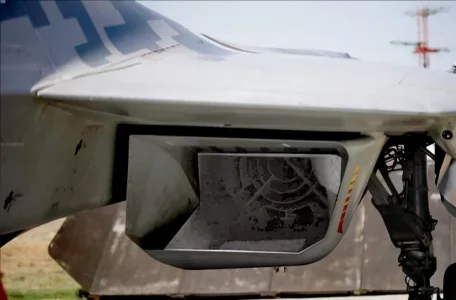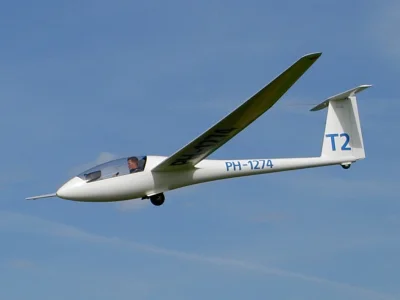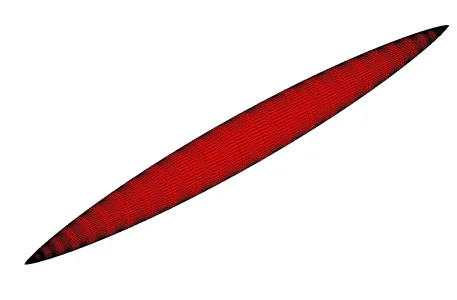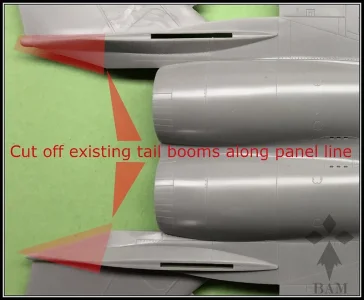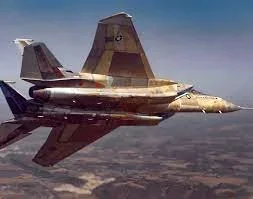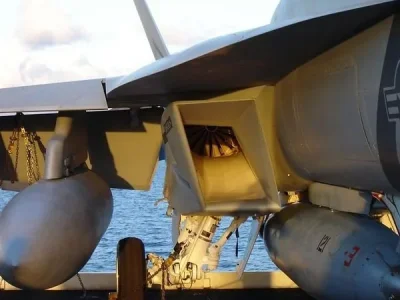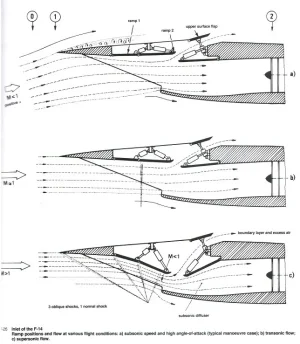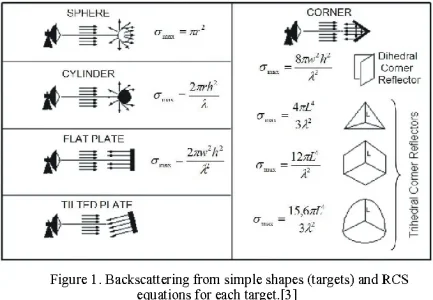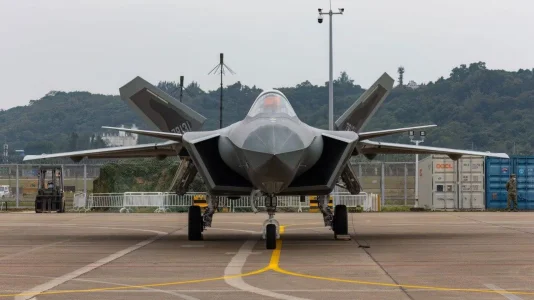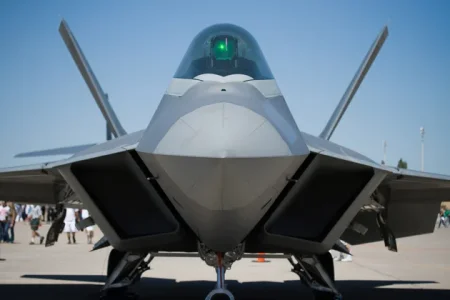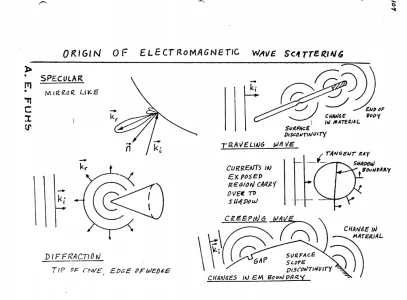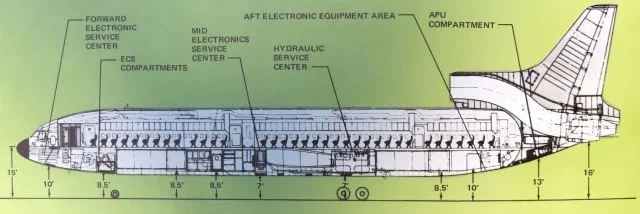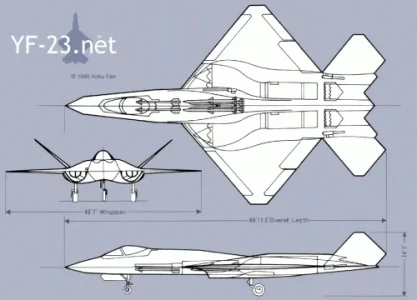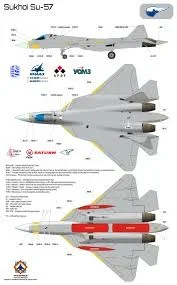Aircraft design is a science since you need laws of physics, math and chemistry,
but is also an art to express in an aircraft how to use science in order to achieve a design goal.
What is good for stealth does not mean automatically it is good for aerodynamics and vice versa all the time.
Every thing has advantages and disadvantages.
Ideally aerodynamics will depend in what you need, if you want a slow high lift aircraft the best is a sailplane.
View attachment 15029
The shape of a glider allows low drag high lift, why? sears-haack body straight wings
View attachment 15030
Mirage III and MiG-21 are for high speed, so wing is delta contrary to a glider.
The Chinese J-20 or J-35 are not different each aircraft has design compromises, an intake duct also has advantages and disadvantages.
S ducts are longer thus air boundary layer will distort air flow more than a straight duct, further more they increase weight and price, and what hides the engine to radar also hides it to the air flow.
Straight ducts are shorter so less boundary layer formation, thus better flow, are cheaper, volumetrically speaking reduce cross section and volume and space needed and allow excellent flow to the engine
Su-57 is designed to be fast, it has variable geometry intakes and less curved intake ducts.
This reduces forebody radome and cockpit size.
J-20 has two huge DSI with huge bulgy bumps increasing frontal cross section and really flat faceted short nose, that is not a sears haack body, also has boxy intakes hiding lateral weapons bays and shallow belly bays,
add S ducts it means it has a huge cross section high drag shape.
Its fuselage is not designed for speed, so they added delta wings set far behind the fuselage with fat tailbooms because they have a long fuselage and big canards. They tried to reduce drag with an ugly intake engine fairing transition from a rhomboid cross section into an 8 shapped cross section at the engines tail section.
View attachment 15031
The best equilibrium for stealth and aerodynamics is F-22, the best design for speed and maneuverability is Su-57.
radars blockers work but nothing is completely stealth since aircraft are made of different materials radar capability depends in wattage or power density and any material has limits of radar absorption and reflectivity, thus Su-57 prioritizes speed and post stall, which themselves are a contradiction, just barely solved by thrust vectoring nozzles.
J-20 has ventral vertical fins due to mediocre dorsal vertical fins performance and thick tailbooms due to a very aft delta wing, giving higher drag than F-15 or F-22 that have better designed tailbooms
View attachment 15035

